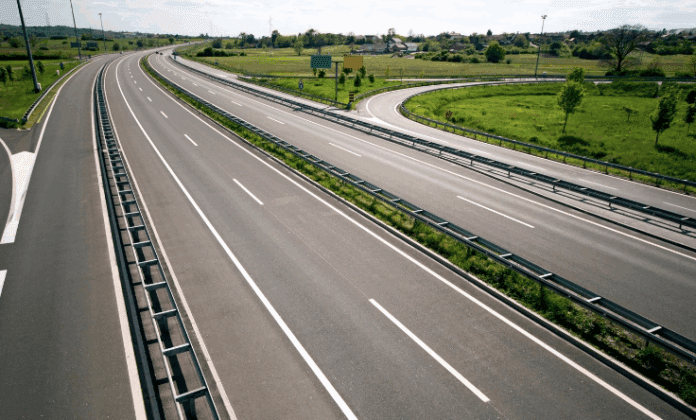Construction of the motorway from Metković to Dubrovnik is finally set to begin after months of delay. But this won’t be any ordinary stretch of road. It’s Croatia’s most expensive yet, cutting through complex terrain and connecting the south entirely through Croatian territory.
Massive motorway project moves forward after delay
Preparations are underway for the construction of the motorway from Metković to Dubrovnik. Originally set to commence this summer, the project faced delays due to tender appeals. This pushed the start date to early next year. The construction is scheduled to last four years.
This will be the most expensive motorway in Croatian history, primarily due to extremely challenging terrain, as outlined in the official tender documentation. The road will span a total of 47 kilometres. This includes 19 kilometres from the Metković interchange to the Pelješac interchange near Neum, and 28 kilometres from the Rudine interchange, just past Neum, to Osojnik above Dubrovnik.
Costs driven by tunnels and viaducts
Estimates place the construction cost at around €1.2 billion. The most expensive segment, from Rudine to Osojnik, includes 19 of its 28 kilometres in tunnels and viaducts. This drives up costs to an estimated €27 million per kilometre.
Additional express roads for improved connectivity
Several high-speed link roads will also be constructed. Though only two lanes, these roads will support travel speeds of at least 90 km/h. They will connect the Pelješac interchange to the Pelješac Bridge, Ston to the Doli motorway junction, and Osojnik to Dubrovnik.
This marks the end of the Croatian section of the motorway. From there, the route could potentially continue through Bosnia and Herzegovina, past Trebinje, on to Podgorica in Montenegro, and finally to southern Albania. Eventually, it would connect to Greece.
Part of the grand Adriatic–Ionian corridor
This project forms part of the Adriatic–Ionian motorway stretching from Venice, Italy, through Trieste, briefly across Slovenia, then Rijeka, Gospić, Split, Dubrovnik, Podgorica, Tirana, and down to Igoumenitsa, Greece.
Route kept entirely on Croatian soil—for now
There were earlier proposals to route the motorway through Bosnia and Herzegovina’s Popovo field, with a spur to Dubrovnik. However, to avoid future political complications and dependency on neighbouring countries, Croatia chose to ensure its southern region—including Dubrovnik—is connected entirely through its own territory.
A future route through Neum, a coastal Bosnian town where Croats form the majority, has not been ruled out. The motorway will pass within 5–6 km of the Bosnian border on both sides. If Bosnia and Herzegovina were to join the European Union, constructing a direct link through Neum would become feasible. This would allow for border-free travel, as is currently the case with Slovenia and Hungary.
Plans for fast links to airport and Pelješac peninsula
A challenging new expressway is also planned to connect Dubrovnik with Čilipi Airport. At present, all traffic moves via the Adriatic coastal road, where any incident causes complete disruption. The new road would be built above the existing highway.
Another express road is planned from Brijesta—on the opposite side of the Pelješac Bridge—to Orebić at the peninsula’s tip, covering around 40 kilometres. This is significant because Orebić runs ferries to Korčula, only 900 metres away. At one time, there were proposals to connect Pelješac and Korčula via a bridge or an underwater tunnel to maintain uninterrupted marine traffic.

